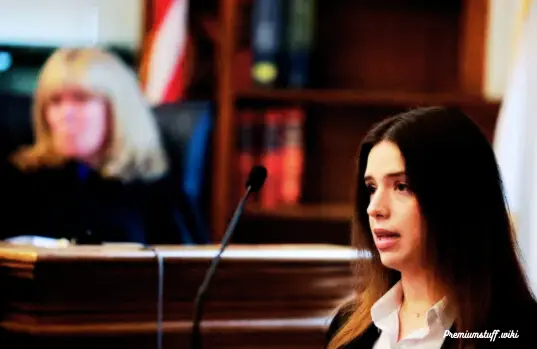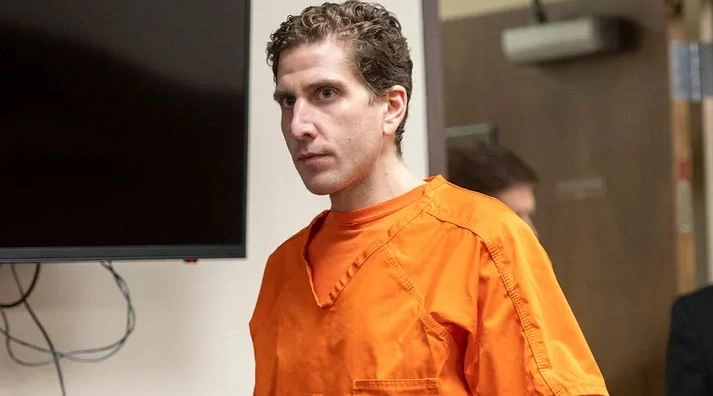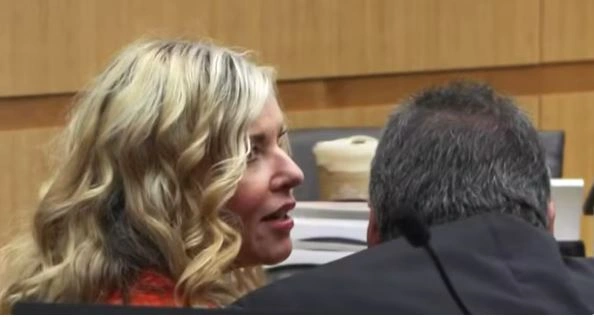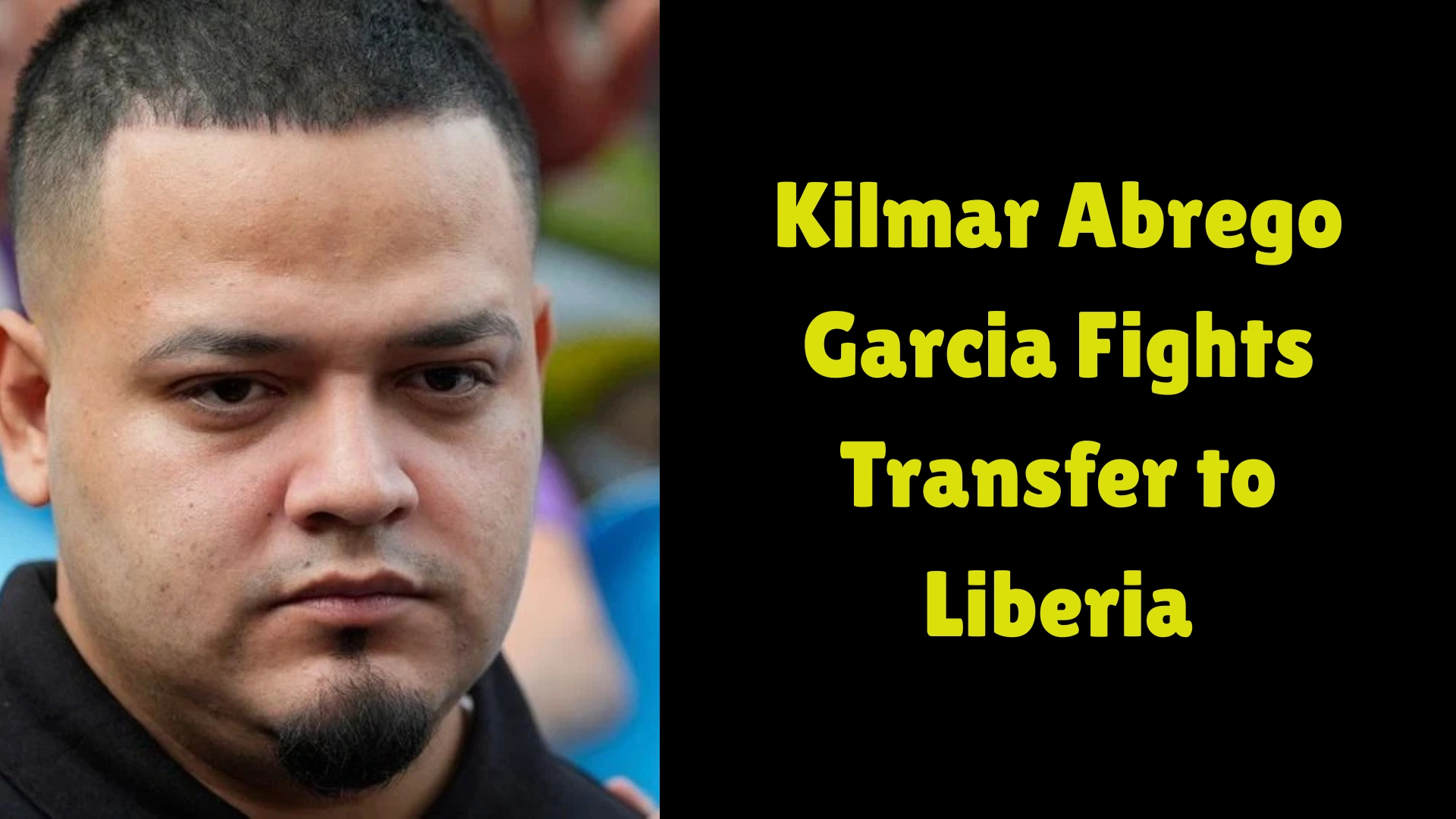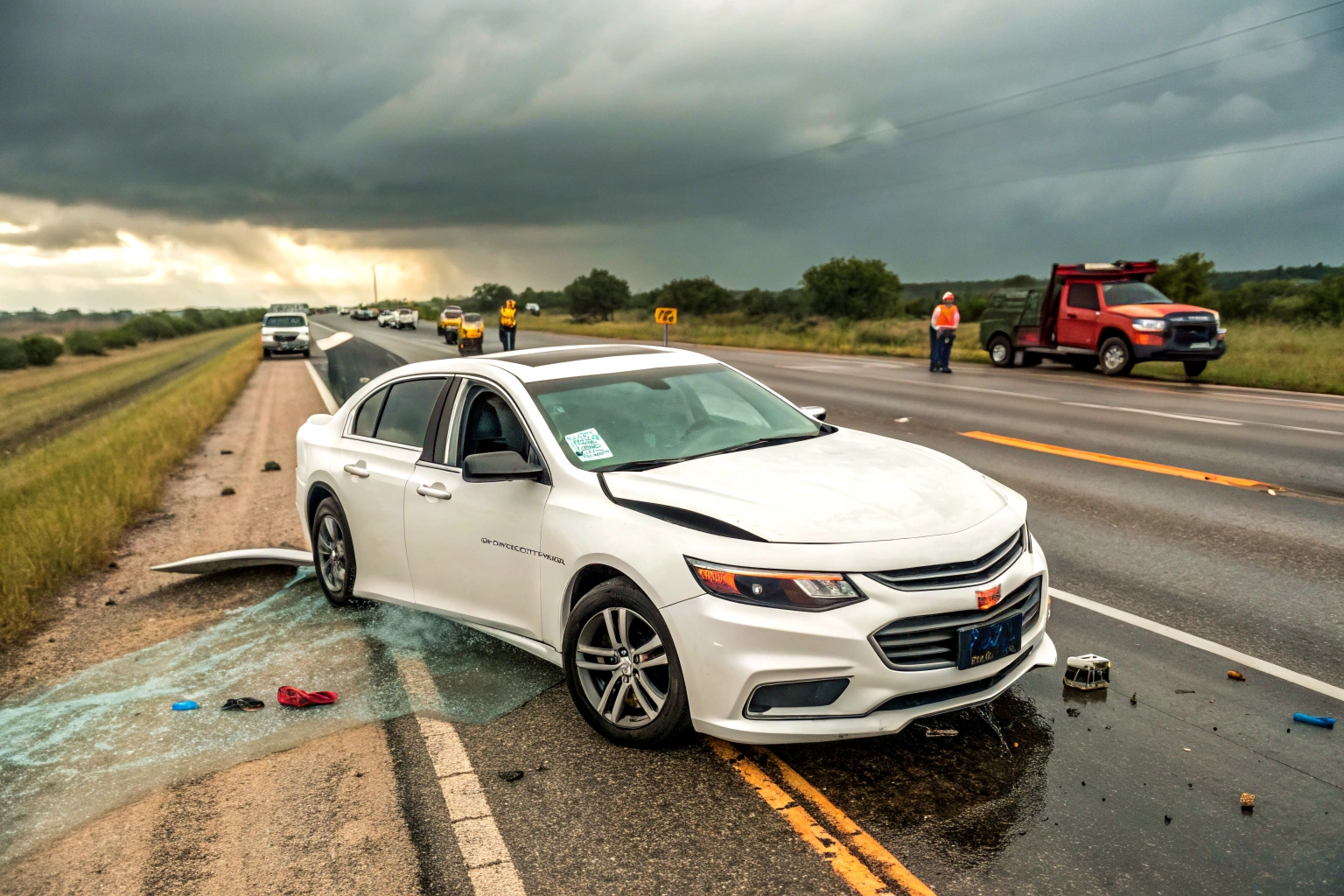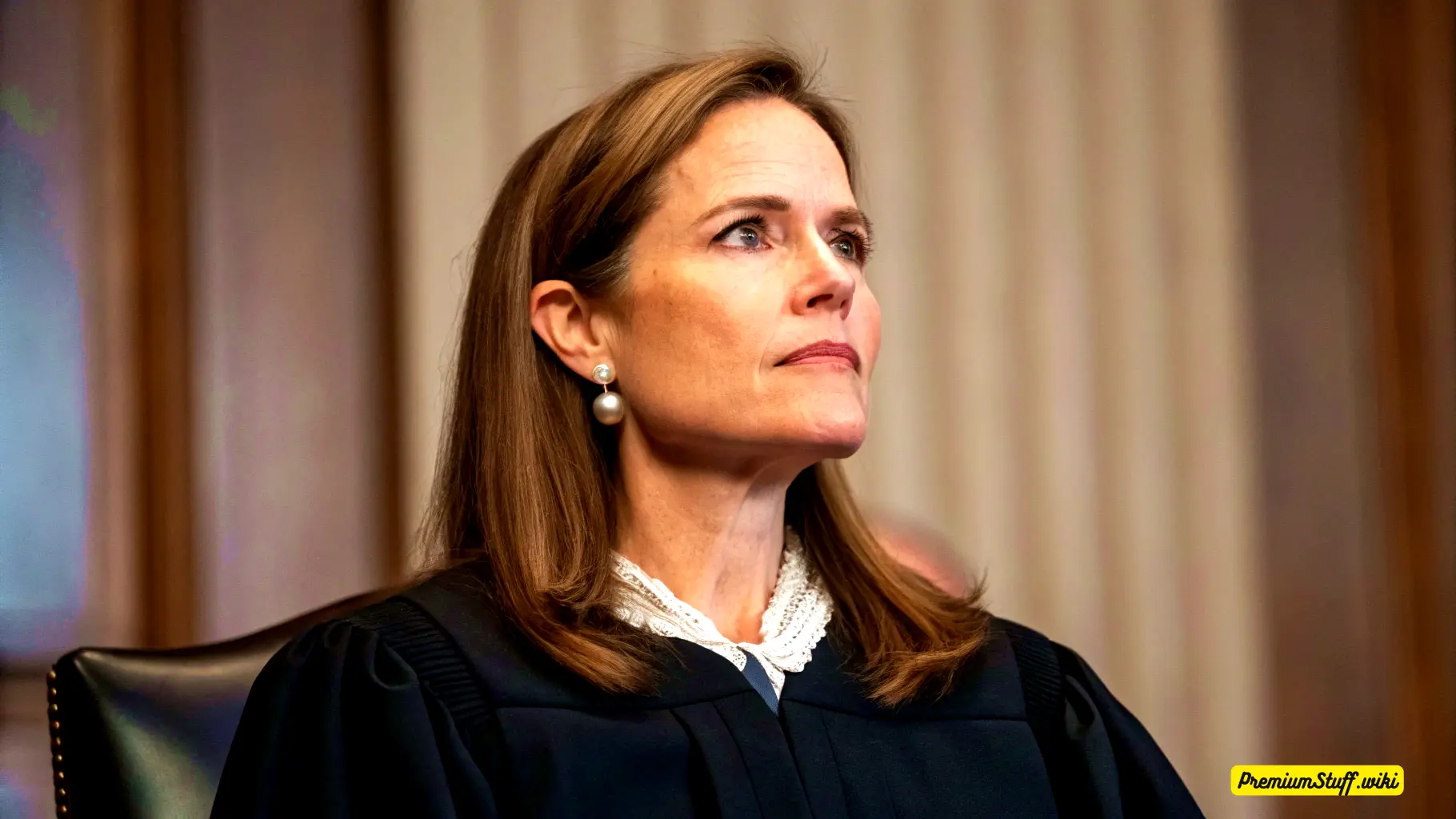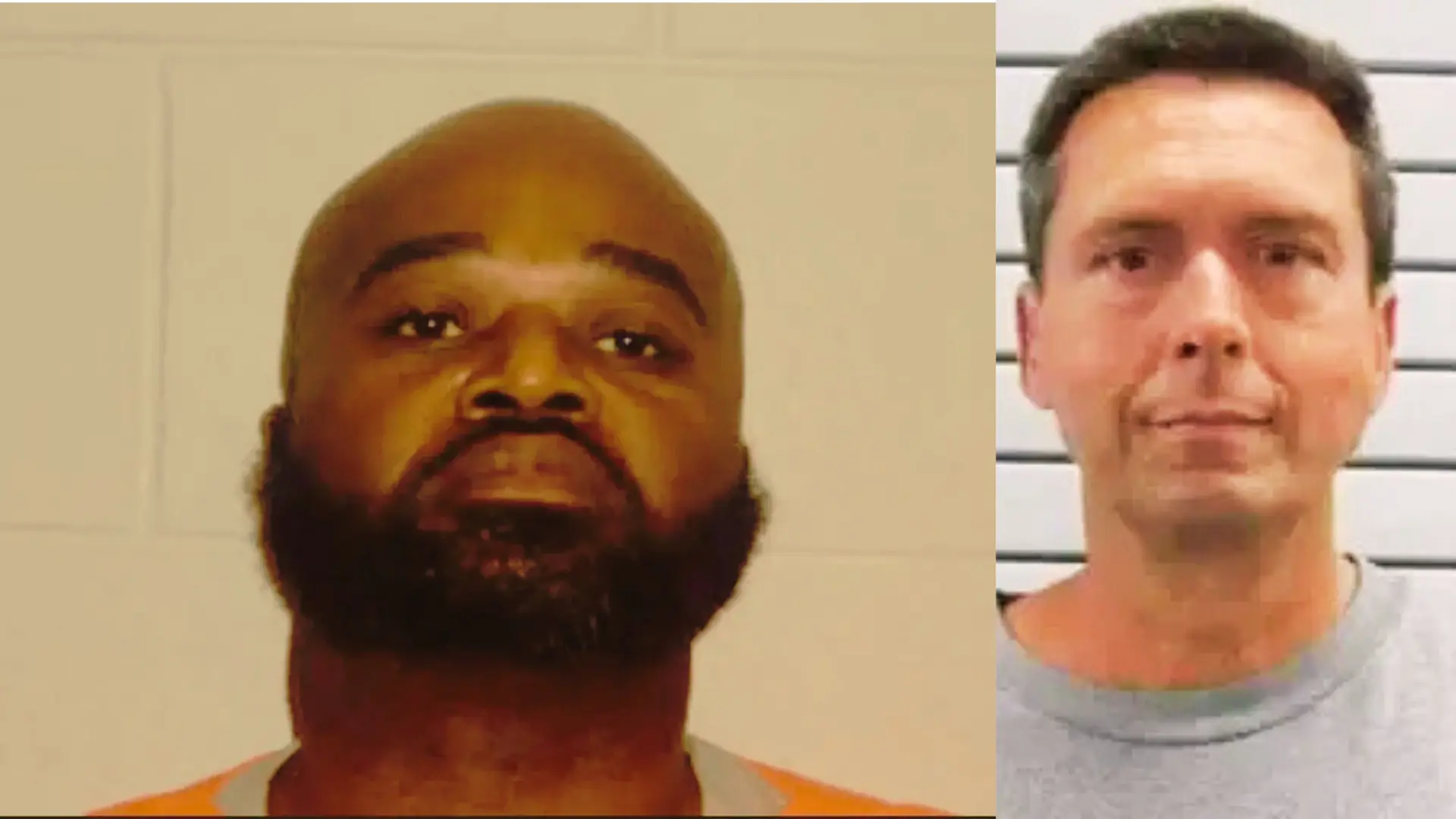Karen Read Jury Wrestles With Key Questions as Deliberations Drag On
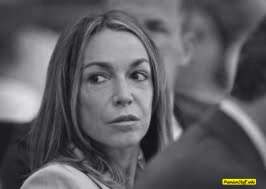
DEDHAM, Mass. — The jury deciding Karen Read’s fate entered its fourth day of deliberations Wednesday with no verdict in sight, revealing deep struggles over legal definitions that could determine whether the Mansfield woman spends life in prison. After three tense days behind closed doors, jurors handed Judge Beverly Cannone a list of questions Tuesday exposing their battle over conflicting evidence in the death of Boston Police Officer John O’Keefe.
Inside the packed courtroom, audible sighs rippled through the gallery as the judge addressed the jurors’ handwritten queries. At the defense table, Read sat stone-still, her fingers interlaced so tightly her knuckles whitened. Her father stared at the floor as the judge parsed questions about intoxication timelines and media interviews – issues that had deadlocked the first jury ten months earlier.
The Heart of the Jury’s Struggle
1. The Critical Hour
Jurors urgently sought clarity: Was Read’s alleged drunkenness at 12:45 a.m. – when surveillance footage showed her leaving a Canton bar with O’Keefe – enough to convict her of drunk-driving manslaughter? Or did prosecutors need to prove her intoxication five hours later, when O’Keefe’s frozen body was discovered in a snowbank? The distinction matters profoundly. While blood tests suggested Read’s BAC hovered near .13% after leaving the bar, defense experts testified she could have consumed more alcohol later at home – a possibility prosecutors dismissed as “fantasy.”
2. The TV Confession
“Are Karen’s TV interviews evidence?” jurors asked, referencing Read’s tearful 2022 press appearances where she uttered the damning phrase: “I know I said I hit him.” Prosecutors played these clips relentlessly, arguing they proved guilt. But Read’s lawyers insisted her words were distorted by grief and media pressure – a grieving girlfriend “parroting accusations” after 36 hours of police interrogation. Judge Cannone’s answer was blunt: “Yes, evaluate those videos like any other evidence.”
3. The Verdict Sheet Maze
Jurors expressed visible confusion over the verdict form’s design – particularly whether checking “guilty” for the lesser charge of OUI manslaughter would automatically convict Read of the overarching manslaughter count. The defense had earlier protested the form’s “optical bias” (a single “not guilty” box versus four “guilty” options), warning it could mislead jurors. Cannone clarified the charges were separate but offered no redesign.
Rising Tensions Outside Court
As deliberations stretched past 15 hours, emotions boiled over on the courthouse lawn. Read’s supporters – clad in pink, her signature color – waved signs reading “Free Karen” at passing cars. Her father, William Read, voice cracking, told reporters: “Every morning I wake up and relive this nightmare. I just want my daughter back.”
Inside, the legal teams paced anxiously. Prosecutors maintain Read murdered O’Keefe by ramming him with her Lexus SUV after a drunken fight. The defense counters that O’Keefe was beaten inside a fellow officer’s home during a party, his body later planted outside.
Why This Trial Feels Different
Unlike the first trial’s deadlock after five days, this jury’s questions suggest they’re dissecting charges methodically. “They’re not rushing,” observed former prosecutor David Yannetti. “The OUI question specifically targets the prosecution’s weakest link – proving intoxication at the exact moment of death.”
Yet the shadow of mistrial looms. Late Tuesday, jurors asked what would happen if they agreed on some charges but not others – a question Cannone called “premature.” The specter of a third trial hangs heavy in the air.
The Long Wait Continues
As jurors returned Wednesday morning clutching notebooks and coffee, the courthouse held its breath. For Karen Read – who faces life in prison if convicted of second-degree murder – every passing hour amplifies the agonizing limbo. For John O’Keefe’s family, it’s another day without answers. And for a divided community watching this true-crime saga unfold, the wait for truth stretches on.
Only the jury holds the key.

